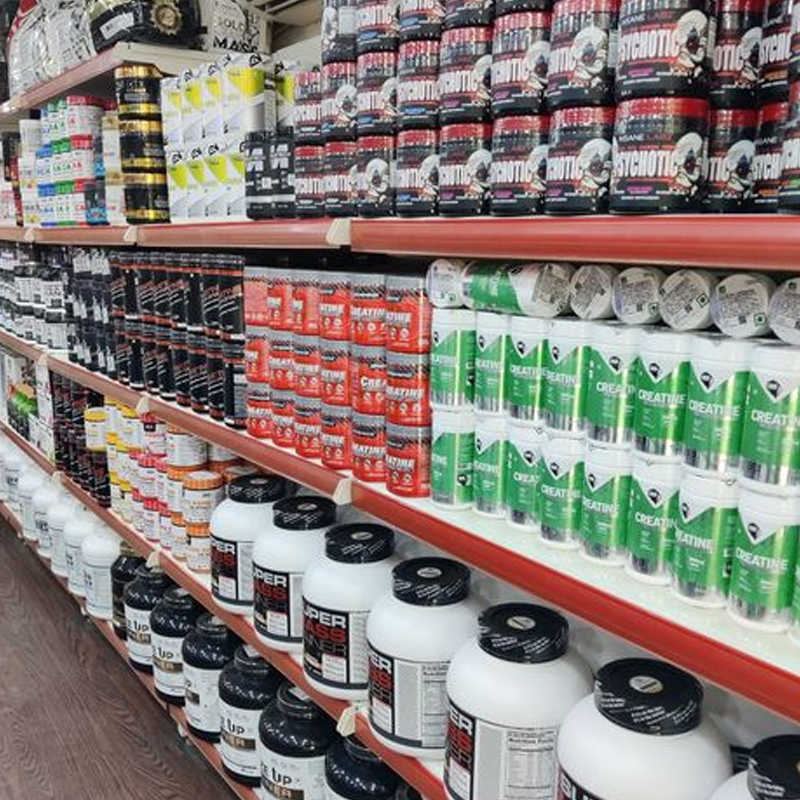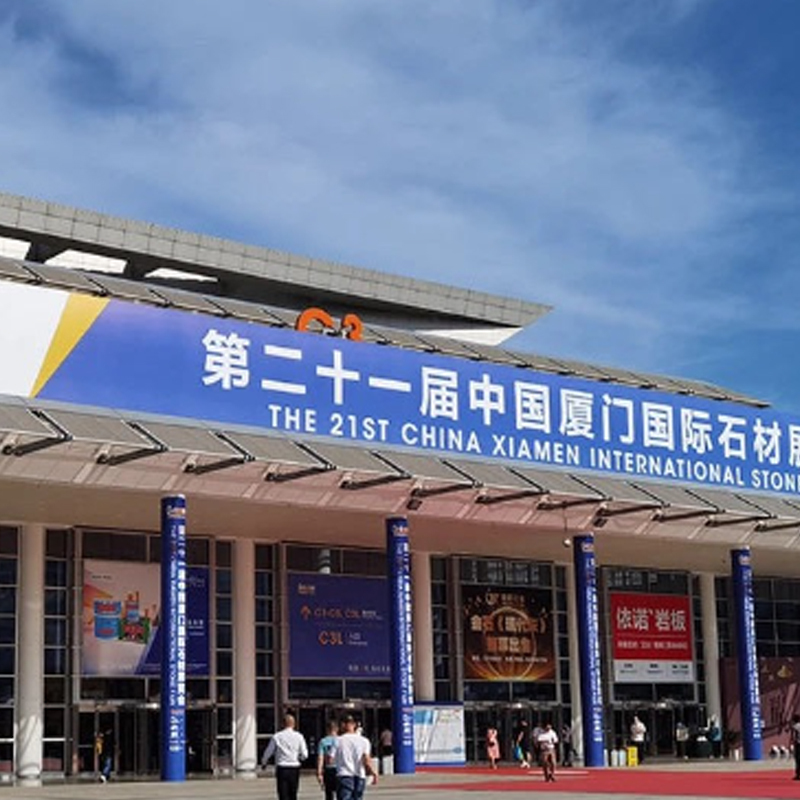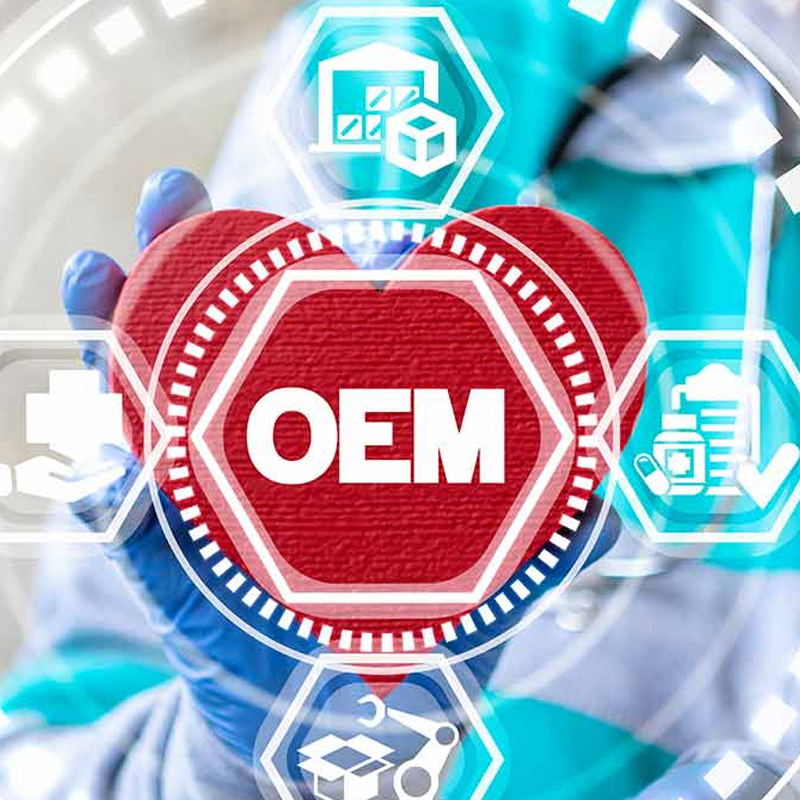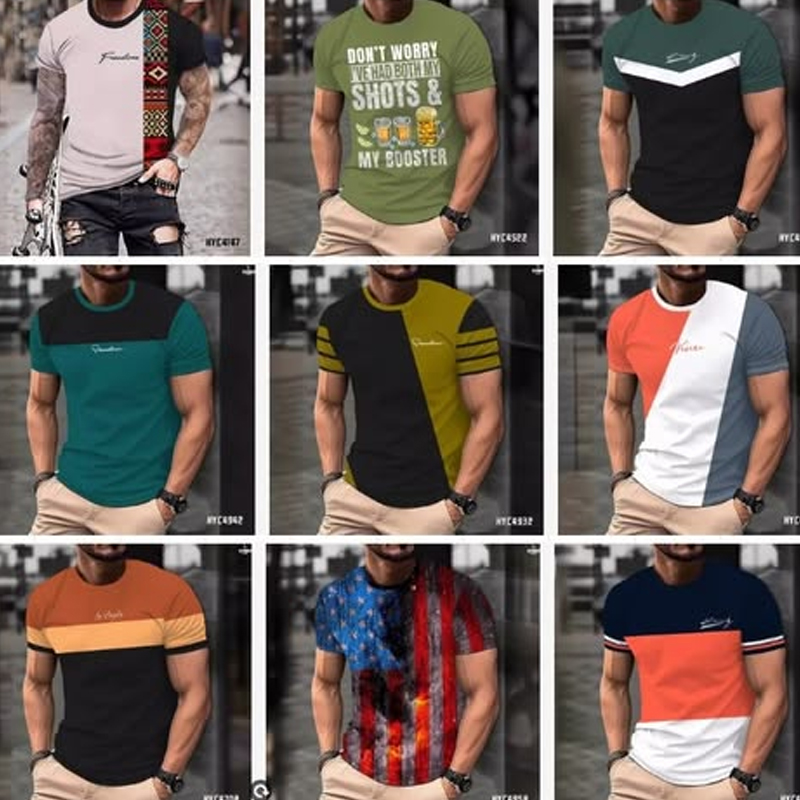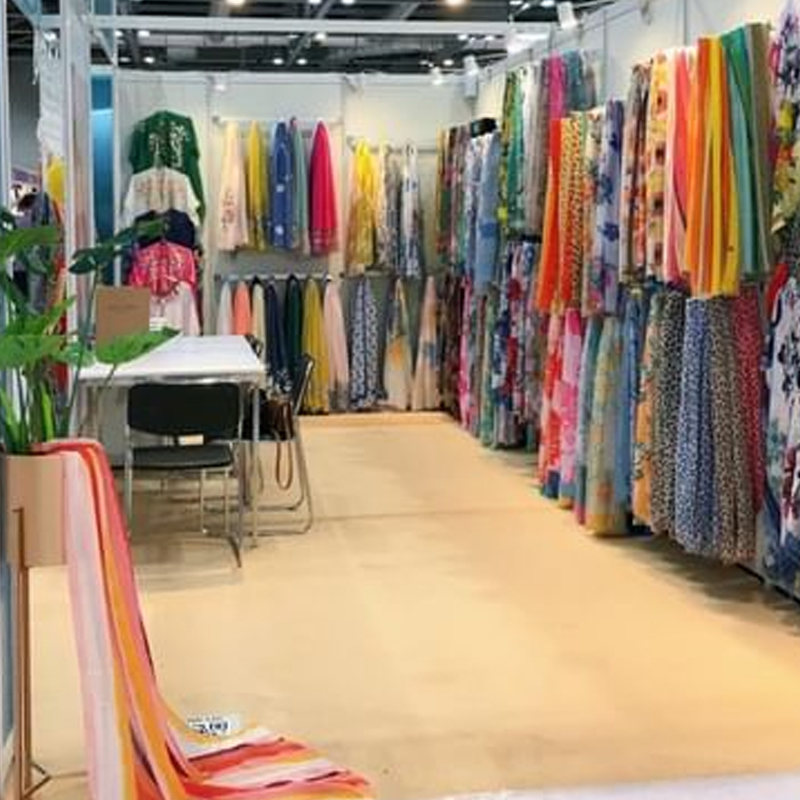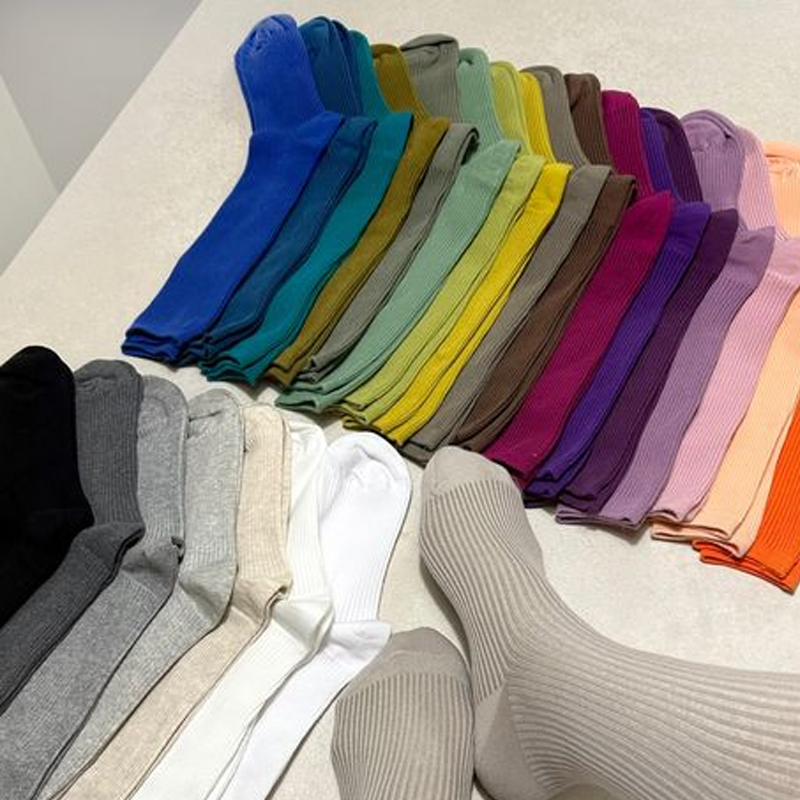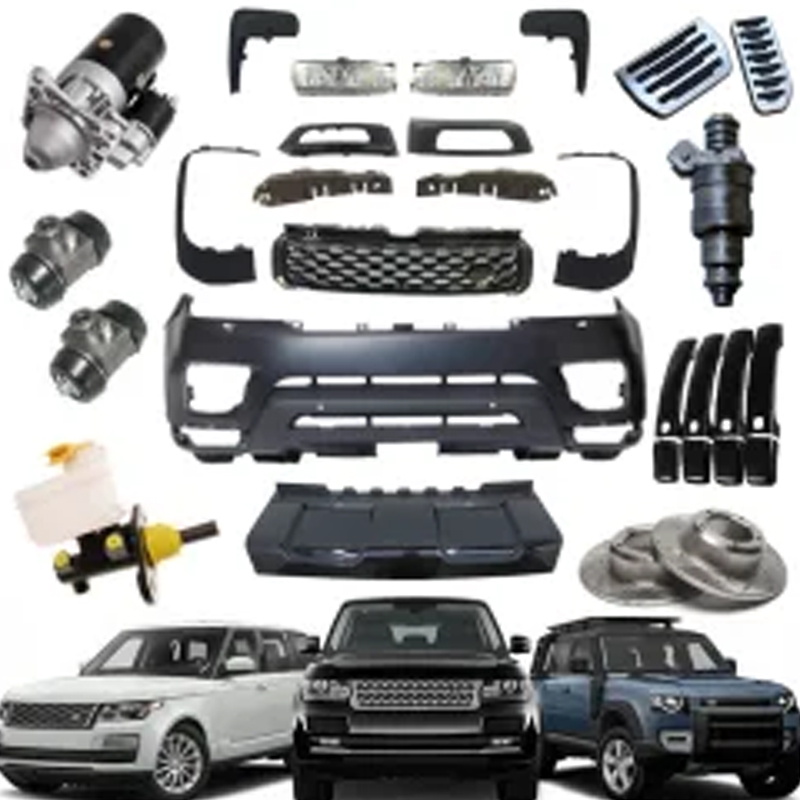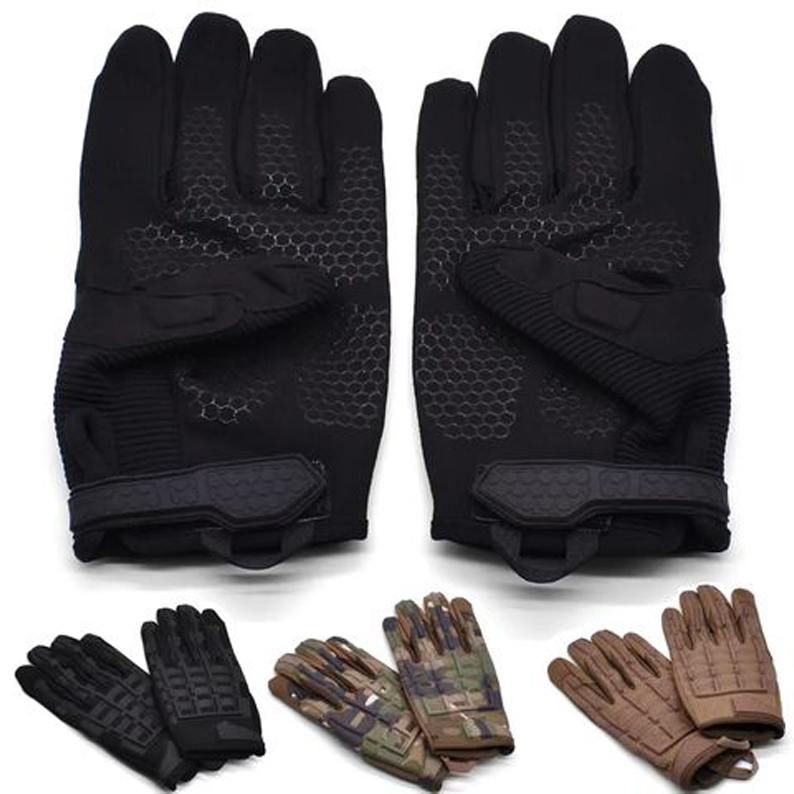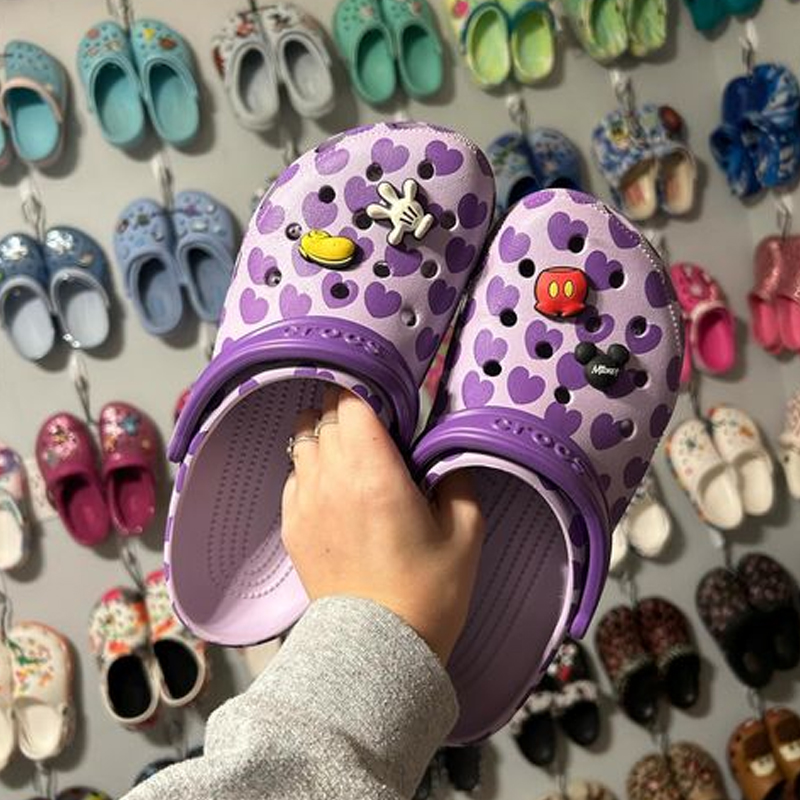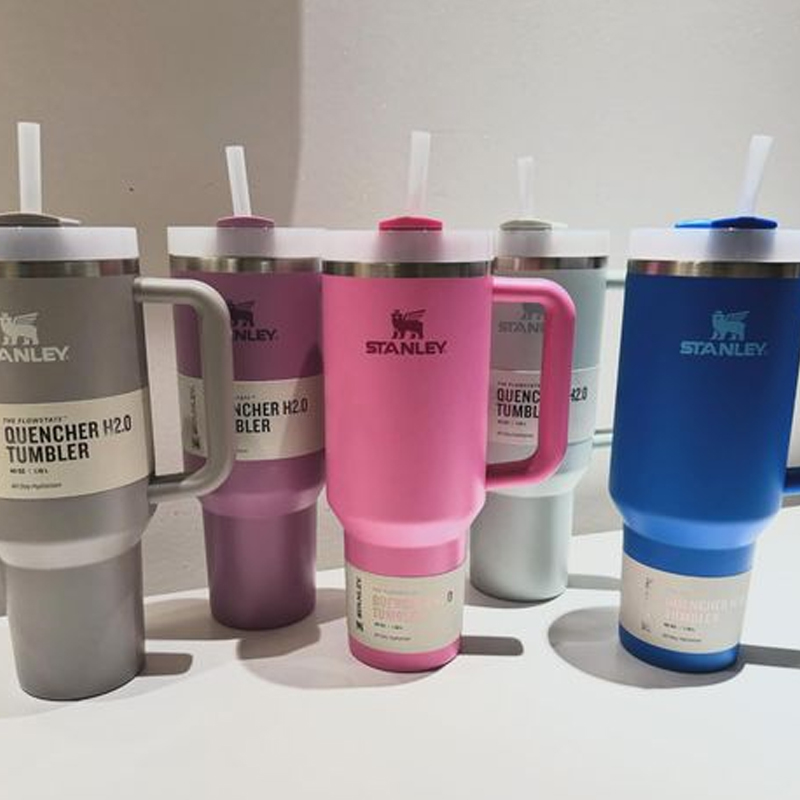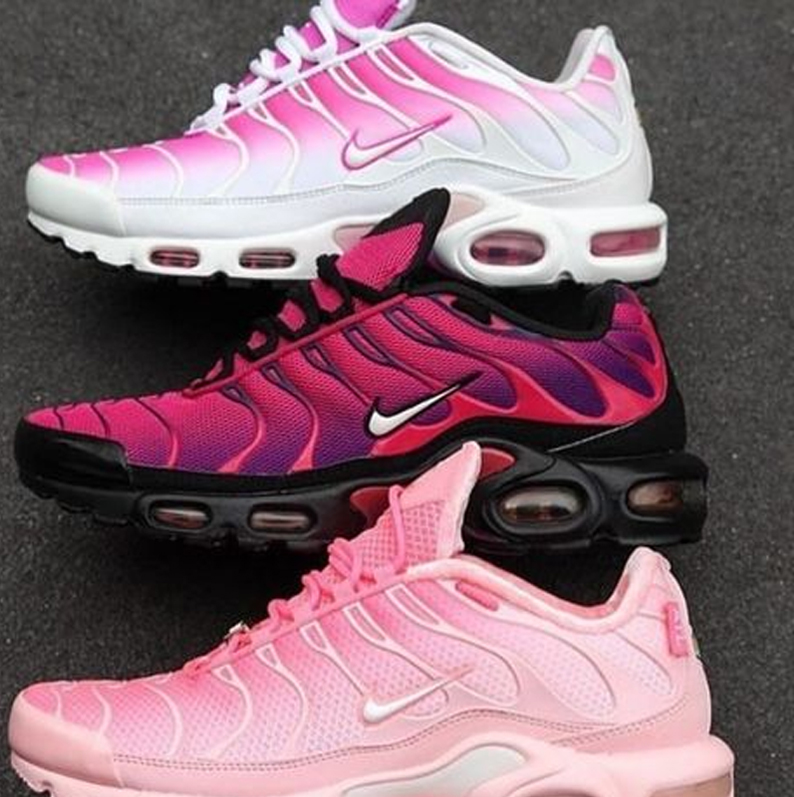Ever wondered how Shein manages to offer trendy clothes at jaw-dropping prices? This article dives deep into the world of fast fashion, exploring the strategies behind Shein’s success and what it means for you as a consumer. From on-demand production to data-driven trends, we’ll uncover the secrets behind those irresistible deals and discuss the potential impacts on quality, ethics, and the environment.
Key Takeaways: The Shein Success Formula
- On-demand production minimizes waste and inventory costs
- Direct-to-consumer model eliminates middlemen
- Chinese manufacturing keeps labor costs low
- Data-driven trend forecasting ensures popular products
- Minimal marketing expenses through social media and influencers
What is Fast Fashion, and How Does Shein Fit In?
Fast fashion refers to the rapid production of trendy, inexpensive clothing. Shein has taken this concept to new heights with its real-time fashion approach. By leveraging AI-powered forecasting and rapid prototyping, Shein can quickly respond to emerging trends and consumer demands.
Unlike traditional retailers, Shein doesn’t rely on seasonal collections. Instead, they continuously introduce new styles, sometimes adding thousands of items daily. This agile approach allows them to stay ahead of the curve and offer the latest fashions at unbeatable prices.
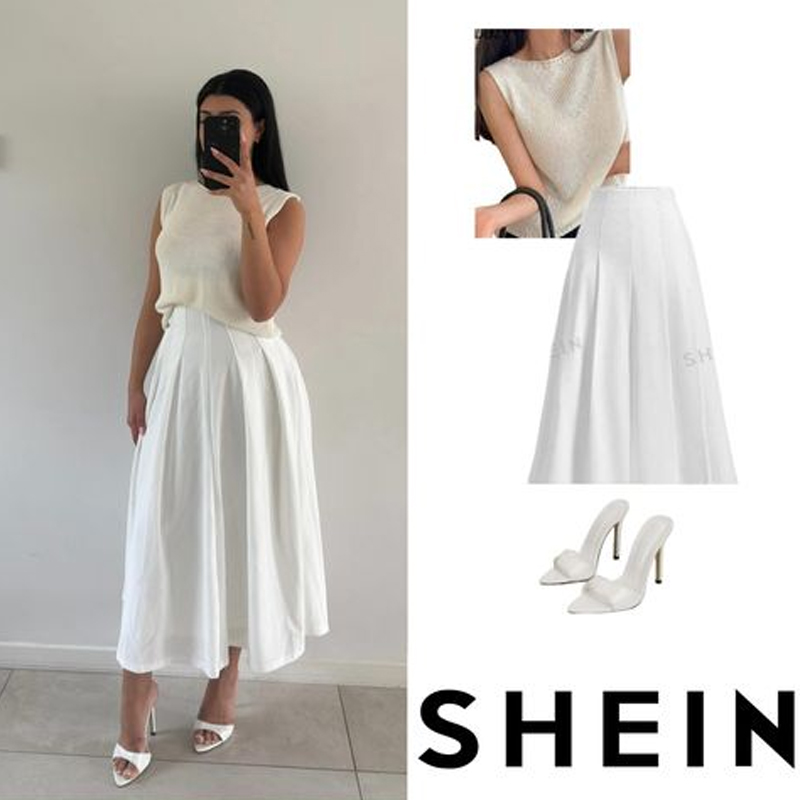
How Does On-Demand Production Keep Costs Down?
Shein’s on-demand production model is a game-changer in the fashion industry. Rather than producing large quantities of clothing in advance, Shein uses customer data utilization to predict demand and produce items as needed. This approach significantly reduces waste and inventory costs.
Here’s how it works:
- Shein introduces new designs in small batches
- They monitor sales and customer feedback in real-time
- Popular items are quickly reproduced, while underperforming ones are discontinued
- This cycle repeats continuously, ensuring that supply always meets demand
Why is Direct-to-Consumer So Important for Shein’s Pricing?
Shein’s direct-to-consumer (DTC) model is a crucial factor in its ability to offer low prices. By cutting out middlemen like wholesalers and traditional retailers, Shein eliminates several layers of markups. This approach results in limited overhead costs and allows them to pass savings directly to consumers.
The DTC model also enables Shein to:
- Maintain greater control over pricing and promotions
- Gather valuable customer data for trend forecasting
- Quickly adjust to market demands without intermediaries
How Does Chinese Manufacturing Contribute to Shein’s Low Prices?
Chinese manufacturing is a cornerstone of Shein’s cost-effective strategy. The combination of lower labor costs and a well-developed supply chain infrastructure in China allows Shein to produce clothing at a fraction of the cost compared to many Western countries.
Key advantages of Chinese manufacturing for Shein include:
| Advantage | Impact on Pricing |
|---|---|
| Lower wages | Reduced production costs |
| Efficient supply chains | Faster turnaround times |
| Bulk ordering capabilities | Volume discounts on materials |
| Proximity to textile manufacturers | Lower transportation costs |
What Role Do Data-Driven Trends Play in Shein’s Success?
Shein’s ability to quickly identify and capitalize on fashion trends is a key component of its success. By leveraging big data and AI, Shein can predict and respond to consumer behavior with remarkable accuracy. This data-driven approach minimizes the risk of producing unpopular items and ensures that Shein’s offerings are always in line with current trends.
Some ways Shein uses data to drive trends include:
- Analyzing social media and search engine data to identify emerging styles
- Monitoring customer browsing and purchase history on their platform
- Utilizing AI algorithms to predict future fashion trends
- Rapidly prototyping and testing new designs based on data insights

Why is Shein So Cheap (2)
How Does Shein’s Minimal Marketing Approach Keep Prices Low?
Unlike many traditional fashion brands, Shein spends relatively little on conventional advertising. Instead, they rely heavily on social media marketing and influencer partnerships to promote their products. This approach significantly reduces marketing expenses while still effectively reaching their target audience.
Shein’s marketing strategy includes:
- Collaborating with micro-influencers for authentic product recommendations
- Encouraging user-generated content through hashtag campaigns
- Leveraging social media platforms for targeted, low-cost advertising
- Building a strong community of brand advocates through loyalty programs
Are There Quality Concerns with Shein’s Products?
While Shein’s low prices are attractive, they often raise questions about product quality. It’s important to note that quality control variations can occur, especially given the rapid production cycle and vast product range. Some customers report satisfaction with their purchases, while others experience issues with sizing, durability, or material quality.
Factors contributing to quality concerns include:
- Fast production timelines potentially compromising quality checks
- Variations in manufacturing standards across different suppliers
- Use of cheaper materials to maintain low prices
- Potential discrepancies between product images and actual items
“You get what you pay for” is a common sentiment among Shein customers, acknowledging that while prices are low, quality may not always meet high expectations.
How Does Supply Chain Efficiency Factor into Shein’s Pricing?
Shein’s highly efficient supply chain is a crucial element in maintaining low prices. By optimizing every step of the production and distribution process, Shein can minimize costs and maximize speed to market. This efficiency is achieved through a combination of strategic partnerships, technology integration, and streamlined operations.
Key aspects of Shein’s supply chain efficiency include:
- Rapid prototyping: Quick turnaround from design to production samples
- Flexible manufacturing: Ability to adjust production quantities on short notice
- Integrated logistics: Seamless coordination between manufacturers, warehouses, and shipping partners
- Economies of scale: Leveraging high volume to negotiate better rates with suppliers and shipping companies
What Are the Ethical and Environmental Concerns Surrounding Shein?
While Shein’s business model has proven successful in terms of pricing and growth, it has also raised significant ethical concerns and questions about its environmental impact. Critics argue that the fast fashion model encourages overconsumption and contributes to textile waste.
Some of the main concerns include:
- Labor practices and working conditions in manufacturing facilities
- Environmental impact of mass-producing low-cost, disposable clothing
- Potential for intellectual property issues related to design copying
- Sustainability of the fast fashion model in the long term
Shein has taken steps to address some of these concerns, such as improving transparency in their supply chain and introducing more eco-friendly product lines. However, many argue that more significant changes are needed to truly address these issues.

What Does Shein’s Success Mean for Consumers and the Fashion Industry?
Shein’s rise to prominence has significant implications for both consumers and the broader fashion industry. For shoppers, it means access to a vast array of trendy clothing at incredibly low prices. However, it also raises questions about the true cost of fast fashion and the sustainability of current consumption patterns.
For the fashion industry, Shein’s success has:
- Forced traditional retailers to reconsider their pricing and production strategies
- Accelerated the shift towards digital-first, data-driven fashion
- Highlighted the importance of agility and responsiveness in meeting consumer demands
- Sparked debates about ethical production and sustainability in fashion
As consumers become more aware of these issues, there’s a growing demand for transparency and responsible practices in the fashion industry. This shift may lead to changes in how companies like Shein operate in the future.
Considering Chinese Manufacturing for Your Business? Here’s What You Need to Know
If Shein’s success has inspired you to consider Chinese manufacturing for your own business, it’s important to approach this decision strategically. While Chinese factories can offer significant cost savings and production capabilities, navigating the complexities of international manufacturing requires expertise and careful planning.
At BuyFromChinaDirect, we specialize in helping businesses source products from China in a smarter, more efficient way. Our services can help you:
- Identify reliable manufacturers that meet your quality standards
- Navigate cultural and language barriers in business negotiations
- Ensure compliance with international trade regulations
- Optimize your supply chain for cost-effectiveness and efficiency
By leveraging our expertise, you can tap into the benefits of Chinese manufacturing while avoiding common pitfalls. Whether you’re looking to create your own fast fashion line or source materials for any other industry, we’re here to guide you through the process and help you achieve success in the global marketplace.






